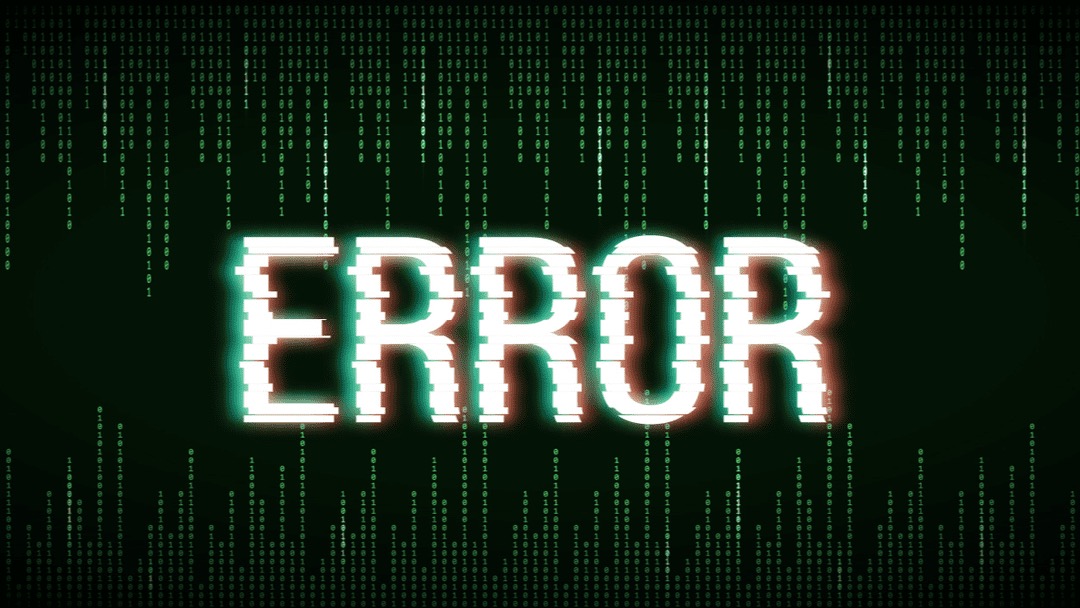Main Error 009 transpires within the communication cycle between any client – such as your Web browser or our CheckUpDown bot – and the Web server. Here’s a simplified understanding of this process:
- IP Address Acquisition: The client obtains an IP address from the IP name of the site. This is usually the website URL without the leading ‘http://’. This conversion process is facilitated by domain name servers (DNSs);
- IP Socket Connection: An IP socket connection is opened to the acquired IP address. This involves creating a channel for data exchange between your device and the server;
- HTTP Data Stream Creation: The client writes an HTTP data stream through the open socket. This is akin to sending a request for specific data from the server;
- HTTP Data Stream Reception: The client receives an HTTP data stream from the server in response. This data stream carries status codes – values determined by the HTTP protocol. These codes and the accompanying data are then parsed for valuable information.
Crucially, Main Error 009 can occur in any of the final three steps. In essence, despite the CheckUpDown bot successfully obtaining the IP address, it might fail in establishing a valid secure socket connection to that IP address. Alternatively, it may encounter issues in utilizing that socket productively to exchange HTTP data with your Web server. This situation is reported as a 009 error.
Understanding and Resolving Error 009: A Comprehensive Approach
Error 009, often perceived as a ‘catch-all’ error, is typically utilized to encompass a wide array of issues related to the secure socket connection. While endeavoring to isolate more specific errors and classify them under distinct error numbers, sometimes certain secure socket errors can’t be pinned down to a particular category. In such cases, these elusive errors fall under the umbrella term of Error 009.
To comprehend the meaning of a specific 009 error, one must examine the Status Note accompanying the error. This note will provide insights into the nature of the problem leading to the error, offering guidance on potential rectification methods. However, the content of the Status Note can differ with each occurrence of the 009 error, making each instance a unique problem to solve.
The occurrence of 009 errors has a considerable impact regarding ‘downtime’. In other words, if a 009 error takes place, it’s highly probable that users across the internet would have experienced some form of error notification on their browser at that time. This often results in user frustration, leading them to abandon their current webpage and browse elsewhere.
As daunting as it sounds, resolving a 009 error is not impossible. Here are a few proven steps to mitigate such errors:
- Status Note Analysis: Each Error 009 comes with a Status Note specifying the nature of the error. Analyzing this note can provide initial troubleshooting direction;
- Connection Audit: A comprehensive review of your internet connection and network settings may reveal potential issues causing the error;
- Browser Troubleshooting: Clearing cache, disabling extensions, or even switching to a different browser can often resolve the issue;
- IT Consultation: In persistent cases, consult with an IT professional or your server support team for an in-depth investigation.

Understanding 008 Error Socket Failure: A Distinct Challenge
The 008 error typically signifies a socket failure, marking an inability to establish or maintain a connection between the client and the server. This malfunction can occur due to a range of factors, including network instability, server overloads, or configuration mismatches. Unlike the 009 error, which predominantly revolves around secure socket connections, the 008 error points to fundamental issues in the socket connection process itself.
Incorporating 008 Error Socket Failure into Our Broader Understanding:
- Comparative Analysis: While both 008 and 009 errors impede digital communication, their roots differ. The 008 error is more rudimentary, concerning the very establishment of a socket connection, whereas the 009 error pertains to higher-level secure socket issues;
- Impact Assessment: Like the 009 error, the 008 error can lead to significant downtime, affecting user experience and website accessibility. However, its resolution might require a different approach, focusing more on network stability and server capacity;
- Resolution Tactics: Addressing an 008 error involves scrutinizing network stability and server response capabilities. It may necessitate network hardware checks, bandwidth assessments, and server health diagnostics. In contrast, resolving a 009 error often involves secure socket layer (SSL) configurations and protocol-specific troubleshooting;
- Holistic Approach: In managing digital communication errors, it’s crucial to adopt a holistic view. Understanding both 008 and 009 errors allows for a more comprehensive approach to troubleshooting, ensuring robust and reliable digital communication channels.
By integrating the knowledge of both 008 and 009 errors, we gain a more complete picture of the challenges in digital communication. This comprehensive insight is vital in navigating the complex landscape of web connectivity, ensuring a seamless and effective online experience.
Wrapping Up
The journey of untangling the complexities of the 009 error serves as a reminder of the dynamic nature of the digital world. This error acts as an elusive catch-all category for secure socket issues that escape specific classification. It stands testament to the fact that problem-solving in the tech realm requires a blend of analytical ingenuity and technical proficiency. By leveraging a thorough understanding of the underpinnings of this error and methodically applying troubleshooting steps, one can effectively overcome the challenges posed by the 009 error. In essence, the comprehensive exploration and resolution of such errors play a pivotal role in ensuring a seamless and enjoyable browsing experience.



